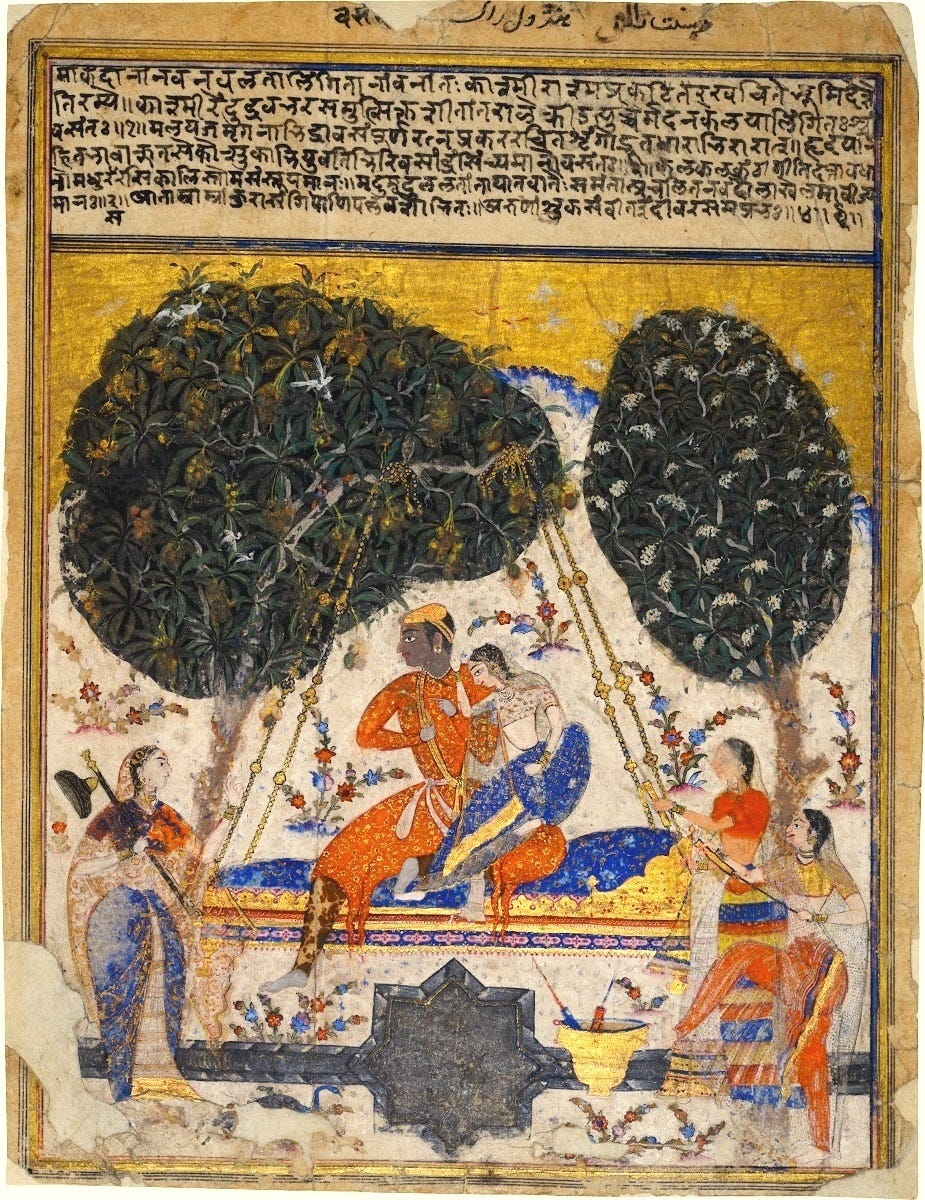Half way between Pune and the Ajanta caves lies one of the most neglected centres of Marathi culture.
The Ahmadnagar Sultanate was founded in 1490 by Malik Ahmad Nizam Shah, a Brahmin-convert general of the Bahmani dynasty.
Unlike the other Deccan sultanates, Ahmadnagar embraced Marathi cultural and administrative traditions, integrating local chieftains (Marathas) into governance and military structures.
Indeed its rulers patronized Marathi language and literature alongside Persian, fostering a unique syncretic identity that influenced later Maratha statecraft.
This fusion of Persianate and indigenous Marathi traditions laid the groundwork for the emergence of the Maratha Empire under Shivaji in the 17th century.
The Marathas of Ahmadnagar
It is in the architecture of the Ahmednagar sultans that we find the first traces of Hindu Maratha architecture.
Indeed both Shivajis maternal and paternal grandparents were nobles in the Ahmadnagar court, and early Maratha architecture is indistinguishable from the architecture elsewhere in the Nizam Shahi domains.
Perhaps the best preserved early Maratha complex can be found in Sindhkhed Raja, which was the jagir of Shivaji's maternal ancestors the Jadhavs.
Keep reading with a 7-day free trial
Subscribe to Travels of Samwise to keep reading this post and get 7 days of free access to the full post archives.








